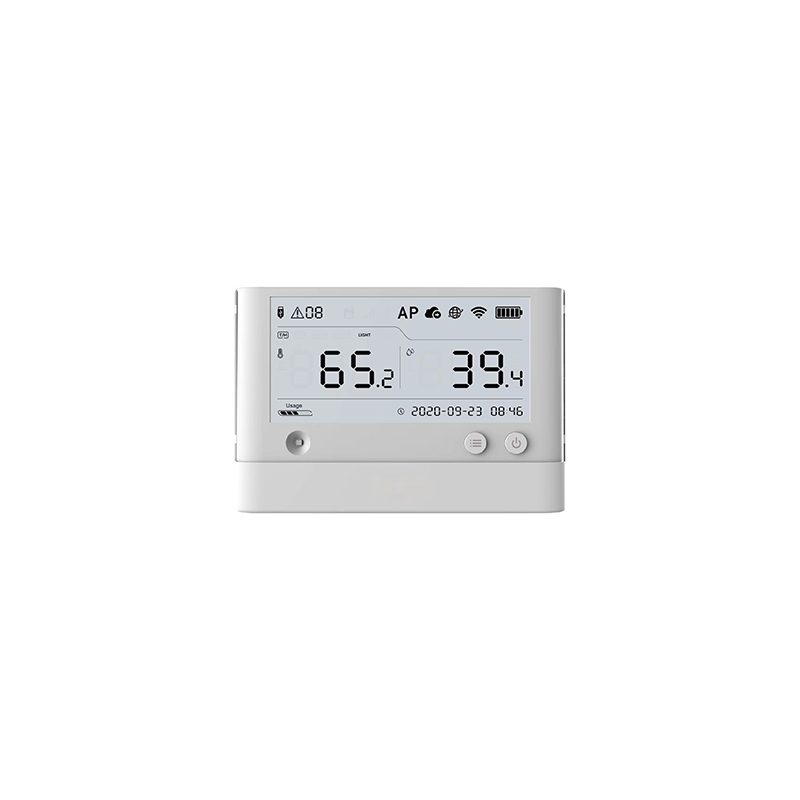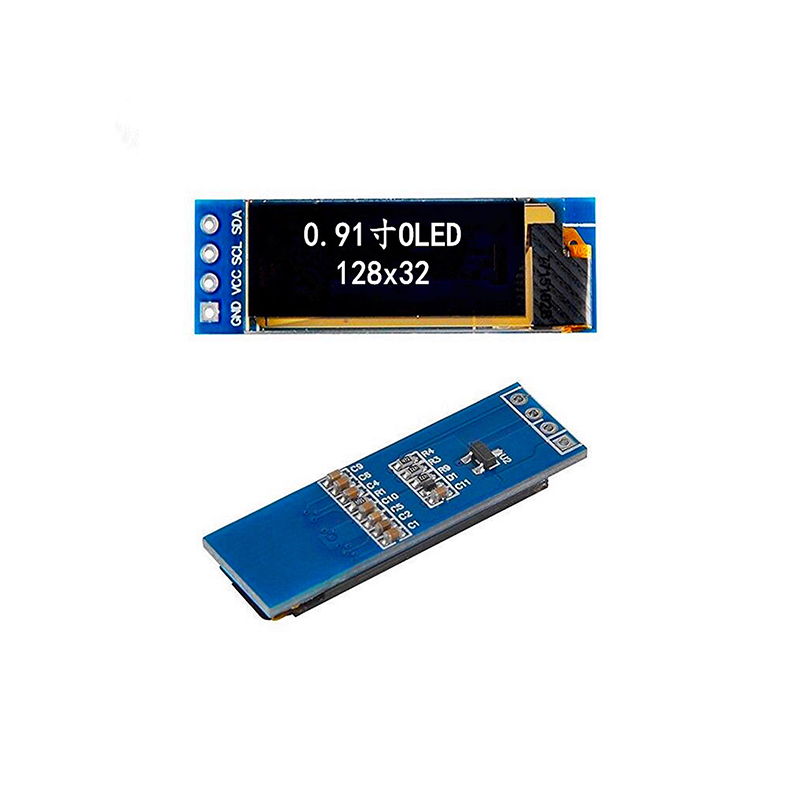
Finding the right STM32 TFT display for your project can be challenging, with a wide variety of options available at varying price points. This guide cuts through the noise, providing a comprehensive comparison of popular models, focusing on value and performance. We'll consider factors like resolution, color depth, interface, and overall quality to help you find the perfect match for your needs and budget. Whether you're a hobbyist working on a small-scale project or a professional developer requiring high-performance displays, this guide offers insights to help you navigate the market effectively.
Before diving into specific product recommendations, let's explore the key factors you should consider when selecting an STM32 TFT display:
The resolution (measured in pixels, e.g., 320x240, 800x480) directly impacts the image clarity. Higher resolutions offer sharper visuals but often come at a higher price. The display size (measured diagonally in inches) is another important factor, depending on your application's needs. Smaller displays are suitable for portable devices, while larger ones are preferred for stationary applications.
Color depth (measured in bits, e.g., 16-bit, 24-bit) determines the number of colors the display can reproduce. Higher bit depths result in more vibrant and realistic colors. Common display types include IPS (In-Plane Switching) for wider viewing angles and better color accuracy, and TN (Twisted Nematic) for faster response times but potentially narrower viewing angles. The choice depends on your application's requirements.
The display's interface (e.g., SPI, parallel) dictates how it communicates with the STM32 microcontroller. SPI is generally preferred for its simplicity and ease of implementation. The display controller is the integrated circuit that manages the display's functions. Make sure the chosen controller is compatible with your STM32 platform.
Many STM32 TFT displays offer integrated touchscreen functionality. This can significantly improve the user experience, particularly for interactive applications. Consider whether a touchscreen is essential for your project, and if so, what type of touchscreen technology (resistive, capacitive) best fits your needs.
The following table compares popular STM32 TFT displays, highlighting key features and approximate prices. Note that prices can vary based on supplier and quantity purchased. Always check the latest pricing from your preferred vendor.
| Display Model | Resolution | Size (inches) | Color Depth | Interface | Approximate Price (USD) |
|---|---|---|---|---|---|
| ILI9341 3.5 | 320x480 | 3.5 | 16-bit | SPI | $10 - $20 |
| ILI9488 5 | 800x480 | 5 | 16-bit | SPI | $15 - $30 |
| ST7735 1.8 | 128x160 | 1.8 | 16-bit | SPI | $5 - $10 |
| HX8357 7 | 800x480 | 7 | 18-bit | SPI | $25 - $40 |
Note: Prices are approximate and subject to change. Please check with your preferred supplier for the most up-to-date pricing.
Selecting the optimal STM32 TFT display involves carefully considering the factors discussed above. Balancing performance, features, and cost is key. For simple projects, a smaller, lower-resolution display might suffice. For more demanding applications requiring higher image quality and interactive capabilities, a larger, higher-resolution display with touchscreen functionality may be necessary. Remember to always check the compatibility of the chosen display with your specific STM32 microcontroller and development environment.
For high-quality and reliable TFT LCD modules, consider checking out Dalian Eastern Display Co., Ltd. They offer a wide selection of displays for various applications.
The market for STM32 TFT displays is diverse, offering a wide range of options for different project requirements and budgets. This guide has provided a framework for evaluating key features and comparing different models. By considering factors like resolution, color depth, interface, and touchscreen functionality, you can confidently choose the best display to meet your needs and enhance your project's capabilities. Remember to always consult the specifications of both the display and your STM32 microcontroller to ensure seamless integration.












